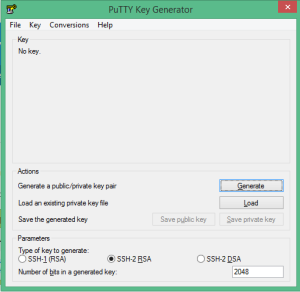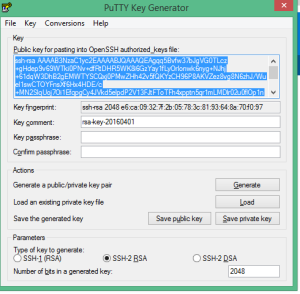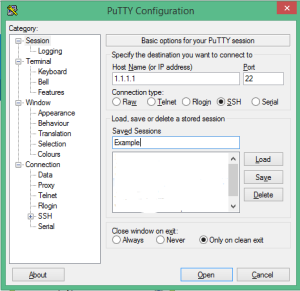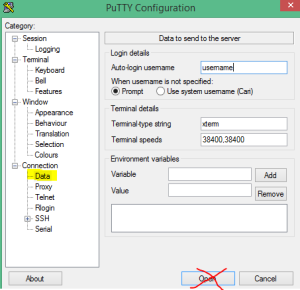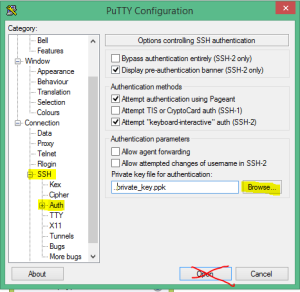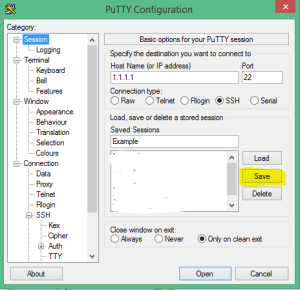I try challenge my code on a regular bases. I have noticed my code get better the more I pause and question if it definitely is the best solution.
The goal is to solve a problem
I have a lot of designers for friends and what I have noticed is how designers approach their projects.
Brain storm
Designers tackle projects by brainstorming. They go sit and think about lots (and lots and lots) of creative ideas. They want a big collection of ideas, and then they want to take the top 3 or 5 (or 10 even) from that list.
As developers we should try this as well.
Brain storm naming conventions, folder structures, reusable services, tests, constants, best practices, useful abstractions etc. Will a new developer understand the code you have written? Is the code understandable without comments?
There are many aspects to the code you write that if overlooked could incur technical debt. Think about a big picture solution.
Have goals
When you start your code, decide what you need to achieve as a holistic solution. Certain goals should come with any final solution:
- Is the code easy to test? Do the tests help make sure the code keeps working? (This is for developers who partake in the TDD approach).
- Is the code self documenting? Is it easy to hand over to a new developer without any teaching required?
- Can the code be altered easily?
- Is the naming conventions consistent with the rest of the project?
- Is the file and folder structure consistent and intuitive? Will other developers have to go on an Easter egg hunt to find the right file?
- Can design patterns like SOLID help make the code neater?
- Are your methods doing too much? Can you separate the code further?
- Are best practices being used?
The list can go on and on. You should always keep these types of questions in your mind, and think of new ones to push your skills.
Beware the problem dressed as a solution
The first solution is not always the best solution. And be skeptical if you can only think of one solution. Our brains can be lazy. Ever have that situation where the easiest way to solve a problem becomes the most problematic to maintain?
A solution should not come at a high maintenance cost. Solutions should not be short term. Else you have just created another problem. Might not be a problem now, but it will be a problem eventually.
Will the real slim shady please stand up
Take the time to brainstorm and think of many ways to solve the problem you are facing. Have enough foresight to see which solution is the real long term solution.
Avoid technical debt. It will whittle away at your project and slowly destroy your passion for what you do.
Also keep in mind the team you work with. Designers, developers, strategists, project managers, business analysts, etc. Do not code something at the expense of the team’s efforts. Always remember to communicate often.
Code solutions, not problems. Word.



